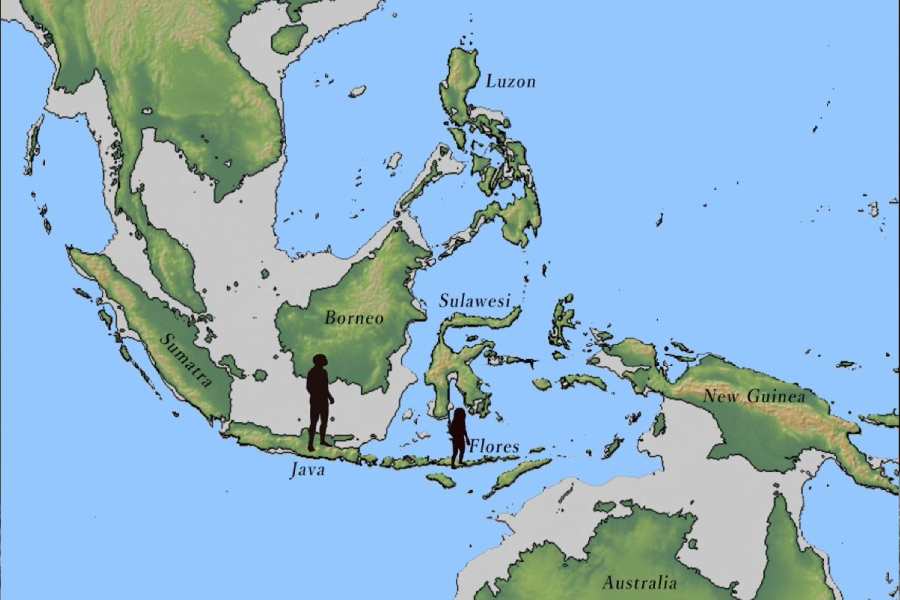A fossilised upper arm bone from an adult just about three feet tall excavated from a 700,000-year-old site on Indonesia’s Flores island suggests that this short-statured species on the tree of human ancestry was even smaller than hitherto believed.
A study that analysed the upper arm bone and exceptionally small teeth also recovered from the site in Flores called Mata Menge has provided fresh insights into the anatomy and evolutionary history of the mysterious species called Homo floresiensis, first discovered in 2003-04.
The evidence suggests that the small-bodied Homo floresiensis — popularly known as “hobbits” — had evolved through a dramatic size-reduction process from another archaic but extinct large-bodied species called Homo erectus whose remains have been recovered earlier from neighbouring Java.
“When I first saw the small humerus (upper arm bone), I thought it was a child’s bone,” Yousuke Kaifu, an evolutionary anthropologist at the University of Tokyo, Japan, and the lead author of the study published on Tuesday in the research journal Nature Communications.

The Mata Menge upper arm bone fragment (left) shown at the same scale as the upper arm bone of Homo floresiensis from Liang Bua. Credit: Yousuke Kaifu
But Kaifu and his collaborators from academic institutions in Australia, Indonesia and the US have through detailed analysis of the fossil established that it belonged to an adult no larger than 100cm, or a little over three feet tall. This would make the adult 6cm shorter than the estimated height of a Homo floresiensis specimen recovered from a 60,000-year-old site named Liang Bua, 75km east of Mata Menge.
Their analysis of the Mata Menge teeth has revealed similarities with those found on fossils of Homo erectus excavated earlier from the Indonesian island of Java and who were as large as modern humans. The scientists have proposed that the small stature of Homo floresiensis evolved on Flores between one million and 700,000 years ago.
The 10 fossils recovered from Mata Menge are from at least four individuals, including two children. One of the fossils is the upper arm bone, the smallest in the fossil record. All the fossils are similar to the Liang Bua Homo floresiensis remains and could be an older type of Homo floresiensis with teeth still resembling those from Homo erectus, the scientists said.
The archaeological record on Flores shows that Homo floresiensis shared the island with an extinct elephant called stegodon, rats, crocodiles and Komodo lizards. The findings imply that the giant reptiles did not pose any predatory threat to the Homo floresiensis.
How and why the small brain size observed in the 60,000-year-old Homo floresiensis fossil evolved remains unknown. But the available fossil data suggests that the small body size had been an adaptation on Flores until around 50,000 years ago when modern humans, or Homo sapiens arrived on Flores. The arrival of modern humans, the scientists suspect, “precipitated the demise of Homo floresiensis”.










